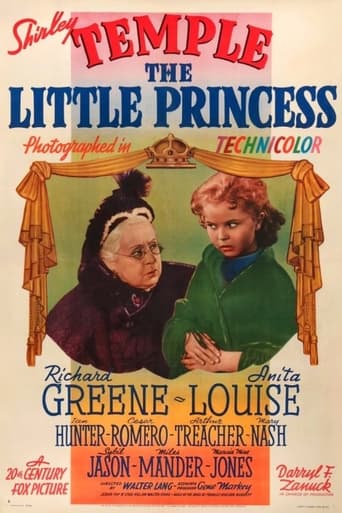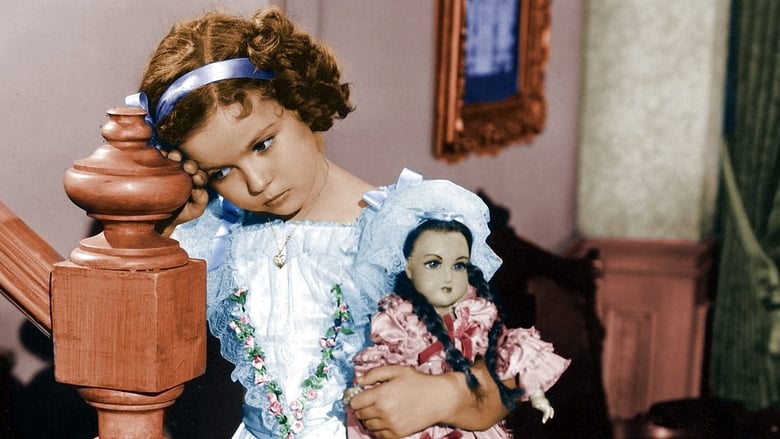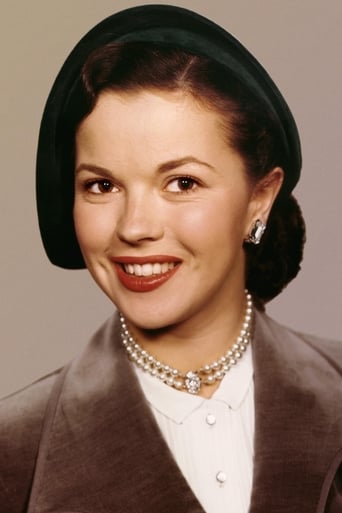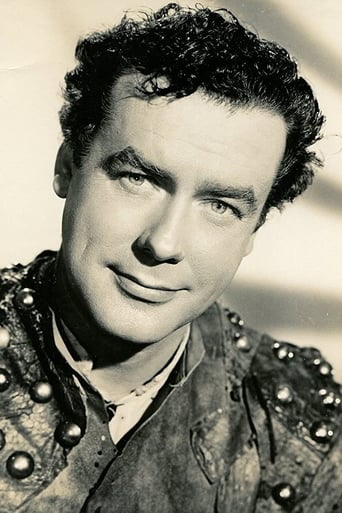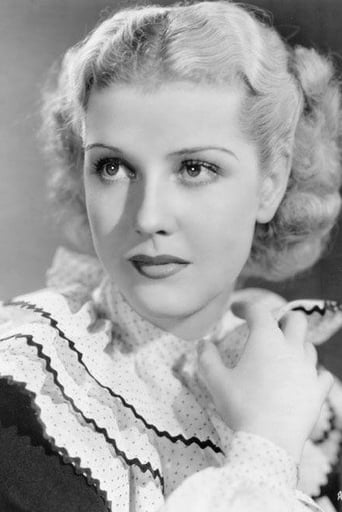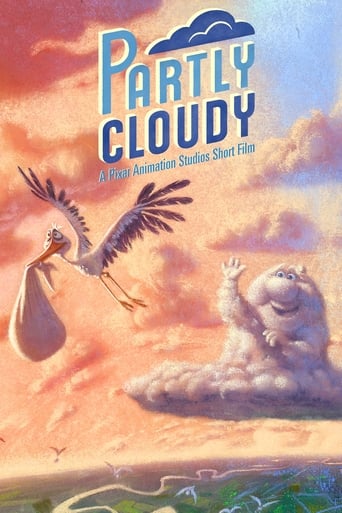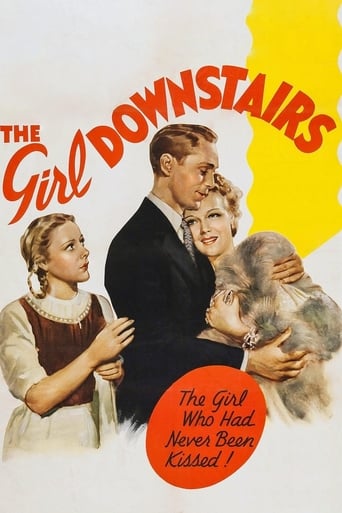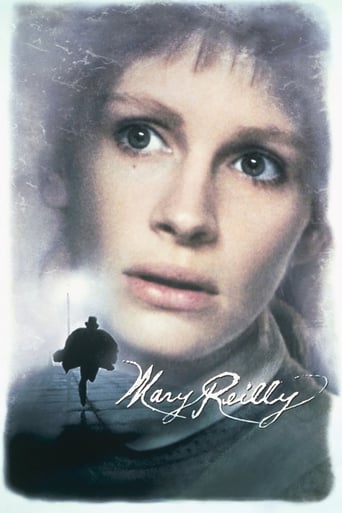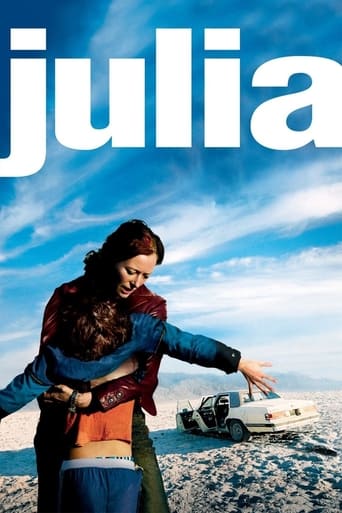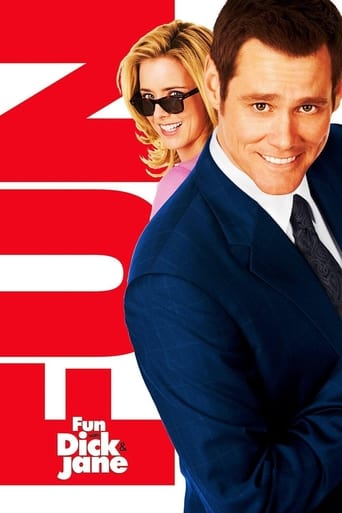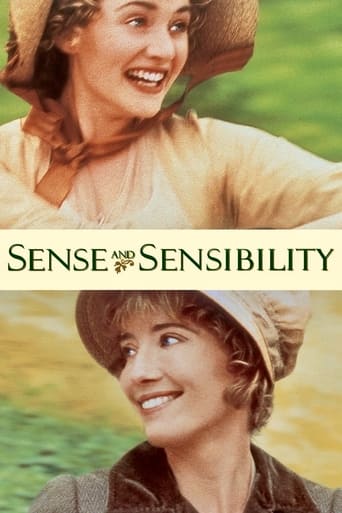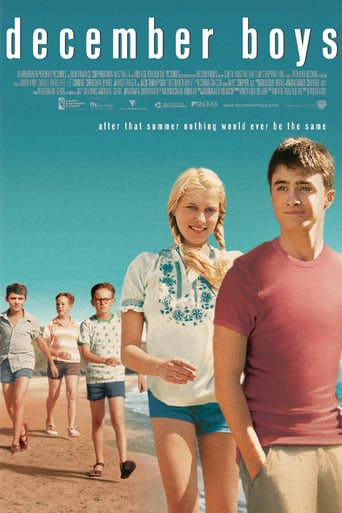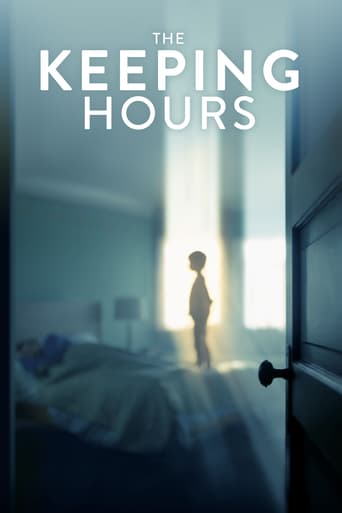The Little Princess (1939)
A little girl goes in search of her father who is reported missing by the military during the Second Boer War.
Watch Trailer
Cast


Similar titles
Reviews
Based on the 1905 novel 'A Little Princess; being the whole story of Sara Crewe' by Frances Hodgson Burnett. The Little Princess was a pretty good adapted movie. I wouldn't say, it's the best adaption of the novel, because it's far from that. In my opinion, the film should had been title 'The Soldier's Daughter' because how different, it was with the novel. Directed by Walter Lang, the movie is about 12 year old, Sara Crewe (Shirley Temple) whom father, Captain Crewe (Ian Hunter) is called to fight in the Second Boer War. Sara is left behind in the care of Amanda Minchin (Mary Nash), the head of an exclusive private school for girls, where she lives in a princess like lifestyle due to her father's riches. Her life as a princess wasn't long, as Captain Crewe's money dry up, and her father is believe to be dead in the battlefield. Miss Minchin harshly force the young woman to serve under her making her life miserable. This doesn't stop Sara's will power and belief that her father isn't dead; and she do anything to find out if he's still alive. Although it maintained the novel's Victorian London setting, the film introduced several new characters like Richard Greene and Anita Louise as the young romantic couple, Sir Geoffrey Hamilton & Miss Rose. They're employees of the boarding school, whom go against the wishes of Miss Minchin. Then there is mean-spirited Lord Wickham (Miles Mander) who has Ram Dass (Cesar Romero) as an Indian servant under him. It isn't really explained why he has an Indian lascar for a servant, and there is no logical explanation for why he would want to redecorate Sara's garret room. I guess, having an Indian sailor next room seem too unrealistic in Victoria Era England to the filmmakers. Another character added is Hubert (Arthur Treacher) who became friends with Sara over music. One thing, way different than the novel is the musical number. I know a lot of Shirley Temple's previous films had this, but this movie lacks music and songs good enough to remember. Shirley Temple and Arthur Treacher had a musical number together, performing the song "Knocked 'Em in the Old Kent Road which was way too short. Temple also appeared in an extended ballet dream sequence that was a bit distracting from the main plot. The whole dream scene was just awful and felt like filler. Another big change is the storyline. The movie used the Second Boer War and the Siege of Mafeking as a backdrop. In the book, the father was just visiting India and got ill to the point, he got brain fever. It wasn't war. The film covers only a timeline of a year, while the book go nearly four years. One of the biggest change in the film is the ending. The film's ending was drastically different. Without spoiling too much of it; this adaptation changes the fate of Captain Crewe. In my opinion, it's a better ending than the book. Still, it's does kinda mess up the plot of a young adult learning how to deal with death and to better herself through the actions of her own well-being. I just didn't like the whole Queen Victoria cameo helping her find her father. It was just outlandish & unrealistic. I can do without all the over Patriotism oozes out of every scene of the film. The main film is about this girl trying to reunite with her father, not the Boer War. Second off, there is no Mr. Thomas Carrisford character in the film. The acting in the film were pretty alright, but nobody really stood out. Shirley looked a little old for the part, but she pulls it off. At the part when she was by the window crying to say goodbye to her daddy was emotional. It was nice to see her react in a film to things like loss and death in a story. The trouble is, she can't pull off the emotion of making herself cry. In the movie, Shirley portrays a child not only with steadfast hope but patience, manners, politeness and kindness in the face of appalling adversity that you rarely see in film today. Who would believe that a child under that pressure could be so gracious? I love when Shirley as Sarah does snap back against her bullies like taunting from Lavinia (Marcia Mae Jones). I have to say, if the film was little bit more dark, it would had work better. It remind me of a Charles Dicken's novel. The director did good on keeping his camera low down, at a child's eye-level. Also striking is his use of multiple angles which really gives dimension to the sets or highlighting a sudden change in mood. This movie was the first Shirley Temple movie to be filmed completely in Technicolor as before that, producers believe these incredibly bright lights produced so much heat that a child, Temple's age would be hurt working under such conditions. Sadly, this was her last major success as a child star. The film is easy to find since it's in the public domain due to the failure to renew its copyright registration. This means that virtually anyone could duplicate and sell a VHS/DVD copy of the film. Therefore, many of the versions of this film available on the market are either severely or usually badly edited. Some DVDs have really extremely poor quality, having been duped from second- or third-generation or more copies of the film. So watch out for that. There are countless remakes of the novel since then. In my opinion: 1995's A Little Princess directed by Alfonso Cuaron was a bit better one than this, but this Little Princess is widely considered to be one of Shirley Temple's best film and I have to agree. Enjoyable tale for children and adults alike. So check it out.
If you are looking for a faithful adaptation of the classic novel "A Little Princess", then you should keep looking. So much of the story has been changed, it's hard to recognize the story in this 1939 version. And, in some ways, the story is rather unpleasant and bizarre.The film begins with a Captain (Ian Hunter) and his daughter (Shirley Temple) going to a girls school to enroll her. It seems that the father is in the army and is headed to the Boer War. At first, the headmistress is sweet and kind--and it's all because the family is rich and well-connected. But, when word arrives that the father is dead and the family fortune is gone, the nasty old headmistress becomes like Cinderella's step-mother--turning the child into a slave! Despite this, the child remains sweet and unspoiled and has an unfailing belief that the father is not dead. What's to become of her? The story, as I said above, is quite a bit different from the original and tacks on a happy ending that just didn't happen in the book. On top of that, although I love Shirley as an actress, here she is rather outside her range. Her crying, frankly, seemed a bit fake and the film lacks the happy and sweet qualities that made films like "Dimples" and "The Little Colonel" classics. Watchable but a bit depressing and second-rate--especially the godawful dream sequence that seemed to have nothing to do with the plot. It was simply terrible and made me cringe.
I loved the dancing. Arthur Treacher is totally fabulous, and so is Shirley, of course. I saw that the fantasy dancing was by Ernest Belcher, whom I knew was father of Marge Champion. I thought that the other dancing, choreographed by Nick Castle, was excellent.Shirley looked a little old for the part, especially the part snuggling up to her father before he went away -- this looked a little smarmy. She was a little too overblown by today's standards; I felt that if her father came back in a few years she would really be a teenager and very jealous if he decided to remarry. Pity the poor stepmother with a possessive/jealous Shirley/Sara on her hands. Alas, that was not to be, however. Don't get me wrong. I have always loved Shirley. She was a darling little child.I remembered that Ian Hunter and Anita Louise were in "A Midsummer Night's Dream," playing the Duke and Titania respectively. Of course my big crush was THE Richard Greene in "Robin Hood" (TV, 1950s). In "Princess" he was just dazzling and scrumptious. He was so cute in the fantasy scene.Miss Minchin. What can I say? Reminded me of nasty Miss Hannigan in "Annie". I loved it when Minchin got hers in the fantasy scene. She played a great villain. She was lovely as a young lady, but in "Princess" she did not have a sympathetic part.Beryl Mercer as Queen Victoria was so precious. I had seen her as Mrs. Dishart in "The Little Minister".Cesar Romero was just divine. I also liked his acrobatic scenes in the movie, "Julia Misbehaves". His character was very nice to Sara in "Princess". The macaw was divine, and beautiful.Loved the tap dancing and ballet scenes best of all. When you see my other reviews, you will notice that I am partial to this.I cried when Sara and her father found each other.
I wouldn't rank this in the top half of all the Shirley Temple movies of the 1930s. It's not the worst but it's far from her best, BUT it's definitely better than the insufferably-politically correct 1995 remake."Amanda Mirchin" as the owner of a school, is the villain in here and Mary Nash did her acting job well because you hate this woman as the film goes on. Temple, as "Sara Crewe," overacted a bit with the fake teary scenes. She was never too realistic with those parts of a movie, but convincing in every other way.Also, I prefer Temple's more light-hearted films, of which is not one, although Arthur Treacher was a good guy and fun to watch. He does two song-and-dance numbers with Shirley that help bring some brightness to the story.

